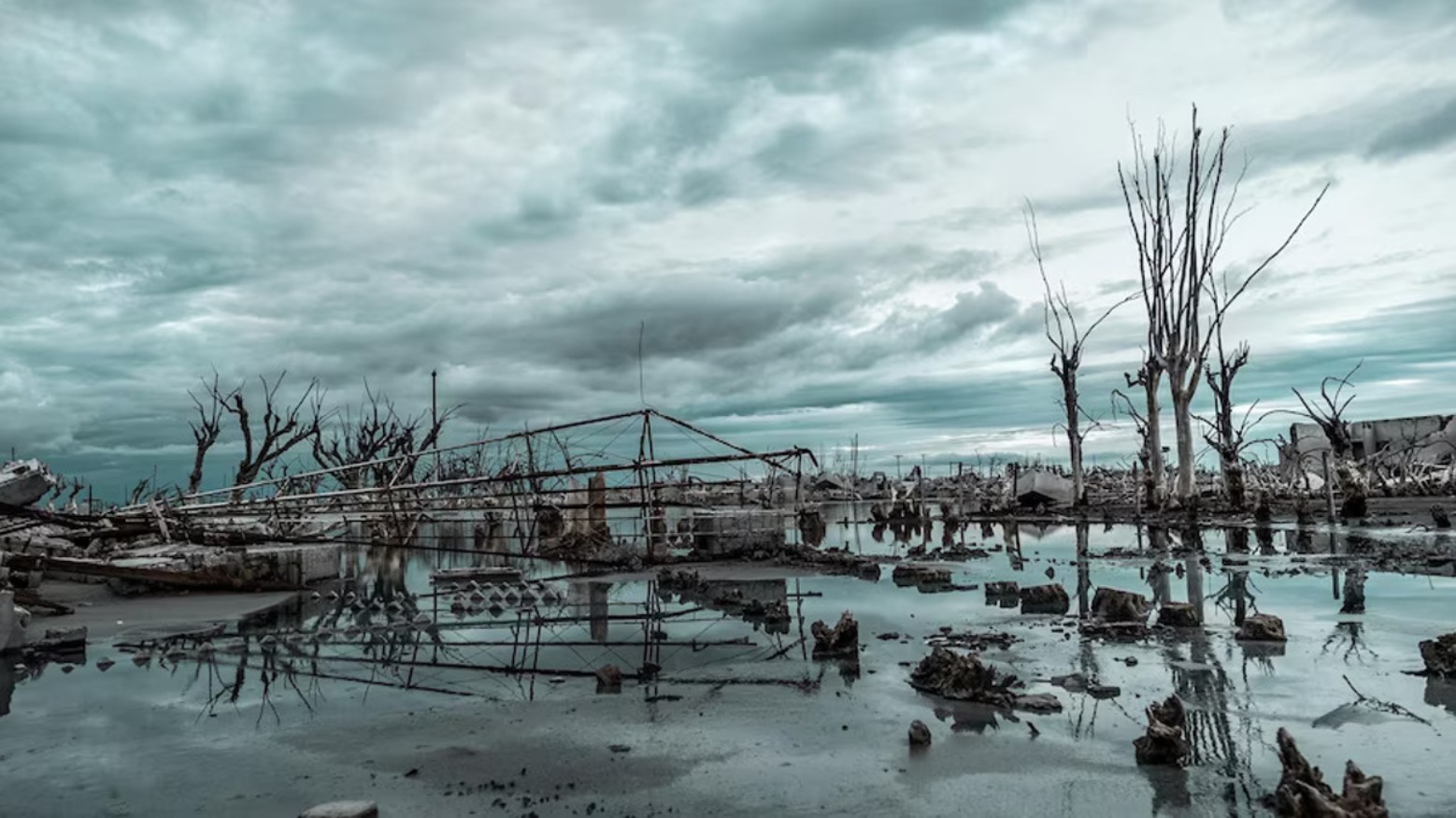The population in the United States has grown exponentially over the past century. Of these tens of millions of new Americans, the vast majority built their homes and businesses on either the West or the East coast of the country.
It’s now become glaringly obvious that the millions of Americans who did so may be in trouble in the coming years. A study conducted at Virginia Tech found that thanks to climate change and rising sea levels, 1 in every 50 residents along the coasts of the continent could lose their home by 2050.
The Virginia Tech Study on Rising Sea Levels

A group of researchers at Virginia Tech set out to find out just which regions of the United States are most likely to feel the effects of rising sea levels over the next couple of decades. As well as just how many residents of those regions will lose their homes, their schools, and even their hospitals.
Geochemist and co-author of the study Leonard Ohenhen explained, “One of the challenges we have with communicating the issue of sea-level rise and land subsidence broadly is it often seems like a long-term problem. Something whose impacts will only manifest at the end of the century, which many people may not care about. What we’ve done here is focused the picture on the short term. Just 26 years from now.”
Collecting the Data

The first step in attempting to understand exactly what America’s coastal regions will look like in 26 years is to collect data regarding the changes they’ve experienced in the last couple of decades.
To do so, they used numbers collected from 2007 to 2020 by the National Oceanic and Atmospheric Administration (NOAA). Then, they were able to predict where the sea levels will sit in 2050.
Sea Levels Are Rising at an Exponential Rate

It’s important to understand that when calculating the estimated sea levels around the USA in 26 years, there are several factors researchers need to take into consideration.
Over the past 100 years, the world’s ocean rose by an average of 1.7 millimeters every year, and then at the start of the 21st century, that number jumped to 3.1 millimeters. However, as of 2024, the new annual average is 3.7 millimeters. Clearly, sea levels aren’t just rising at the same rate they have been over the past two decades, it’s happening much faster.
Climate Change Is Unquestionably to Blame

Of course, there’s no doubt in anyone’s mind climate change is to blame for the significant increase in sea levels around the world over the past 25 years.
According to scientists at the NOAA, “The two major causes of global sea level rise are thermal expansion caused by warming of the ocean (since water expands as it warms) and increased melting of land-based ice, such as glaciers and ice sheets.” Both of which are caused by a warming planet.
One in Every 50 Homes Will Be Lost to the Sea

Although scientists know this to be true, many people in the United States have yet to grasp the fact that within just a few decades, their homes could be uninhabitable.
This is why researchers at Virginia Tech started their study, as they want people to understand the real and imminent risks. What they found was quite shocking: One in every 50 homes in America’s coastal regions will be underwater in 26 years.
Miami Is One of the Riskiest Places to Live in the USA

The research found that the city of Miami and the area around it is currently one of the riskiest places to live in the country.
The study noted that this one region could lose about 80,000 homes in the next 26 years, risking the lives and dwellings of some 122,000 Americans.
New Orleans Residents Should Also Be Concerned

Additionally, cities like New Orleans, Louisiana, and Galveston, Texas, along the Gulf of Mexico are also considered high-risk regions.
The study noted that around 225,000 residents of both cities could be displaced from their homes by 2050.
It’s Not Just Homes That Could Be Destroyed

While the Virginia Tech study noted that the homes of more than 500,000 people in 32 major US cities will likely be negatively affected by rising sea levels over the next two and a half decades, that’s not all they found.
The researchers explained in their paper, “The calculated exposure does not account for the value of critical infrastructure (such as airports, schools, hospitals, power plants, roads, and railways) as well as economic hubs and landmarks.”
The Virginia Tech Study Hoped to Explain the Financial Implications of Rising Sea Levels

Essentially, the Virginia Tech study only focused on residential homes, not on the region’s infrastructure, which makes the next finding even more concerning.
They noted that flooding from rising sea levels in cities like Miami and New Orleans is going to cost Americans billions of dollars. For example, in Miami, they estimate residents will collectively spend $109 billion by 2050, as they will be forced to abandon their homes without receiving any compensation and buy new ones elsewhere.
This Isn’t New Information

Technically, this isn’t new information. Everyone knows that sea levels are rising and that flooding in many US cities is worse than ever before.
However, what is important about this study is that it shows Americans just how much the rising sea levels will affect them specifically, including their homes and their finances, within their lifetime.
Will Finding Ways to Save the Planet Save America’s Coastal Cities?

Sadly, even if the government of the United States and other countries around the world kick their sustainable energy solutions into high gear, it won’t be enough to stop sea levels from rising significantly over the next several decades.
Therefore, study co-author Manoochehr Shirzaei explained that it’s absolutely crucial coastal cities and their residents create flood plans and infrastructure right now. He warned, “The whole purpose of this paper is to provide data to support decisions” and make sure “every city, every county has a flood resiliency plan in place.”
